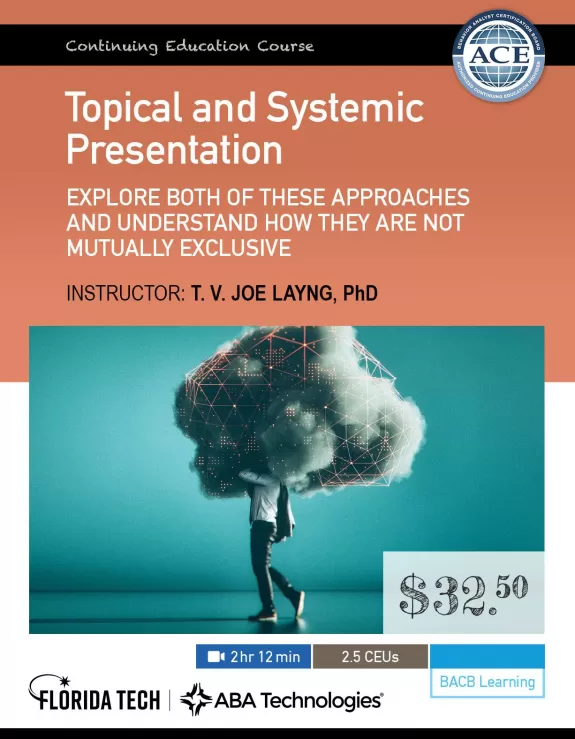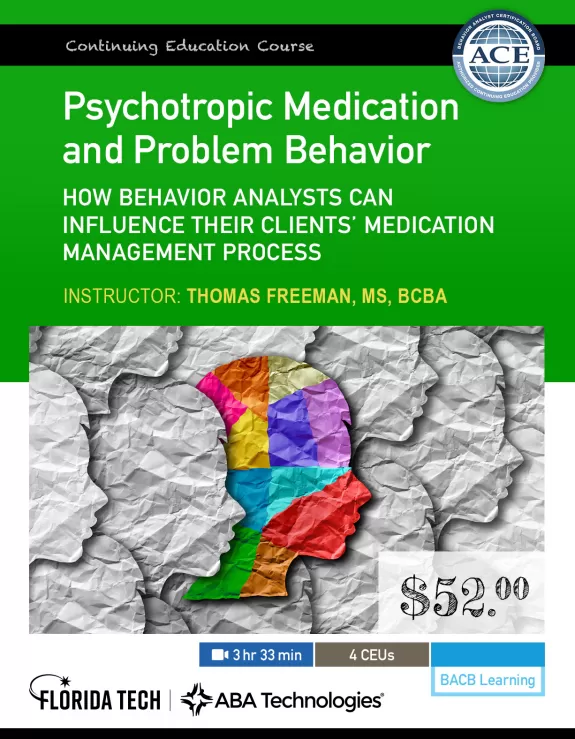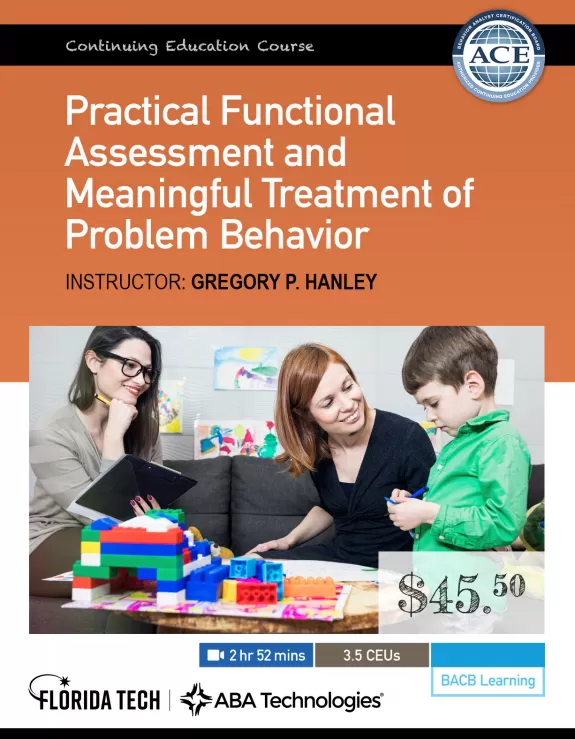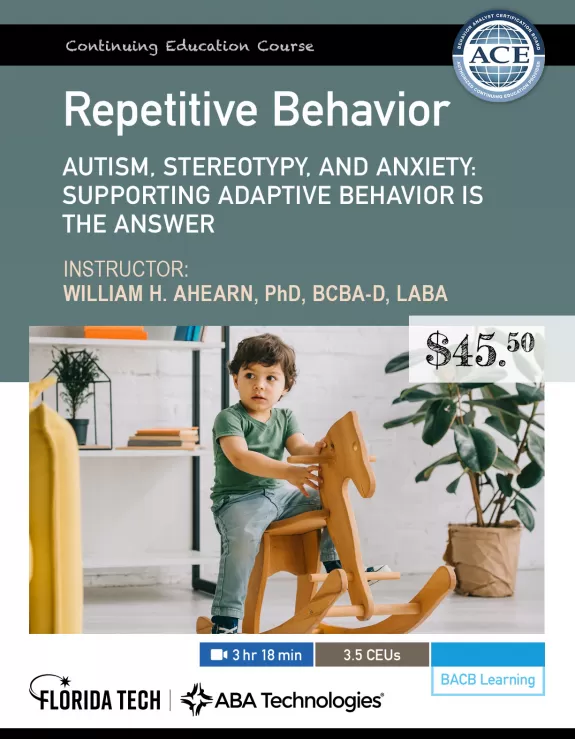Topical and Systemic Presentation
Abstract
Treating problem behavior is a difficult task no matter what client you are working with. Especially in home and clinic contexts, the complex interactions between multiple contingencies of behavior can make it difficult for clinicians to determine which variables to target for the best results. Join Dr. Joe Layng as he presents a constructional approach to treating disruptive patterns of behavior which places the emphasis on the effects of the full range of maintaining contingencies. Dr. Layng begins his presentation by describing consequential contingencies using contingency matrices. Dr. Layng then distinguishes between functional analysis and constructional approaches to understanding problem behavior and describes the components of constructional interventions. Dr. Layng follows with case examples of the importance of nonlinear contingency analysis in producing efficient behavior improvement. The presentation concludes with a comparison of topical and systemic interventions to treat problem behavior, providing real-life cases as examples.
Learning Objectives
What you’ll learn in the course and be able to do afterward
-
Define consequential contingency
-
Describe each of the components of a contingency from a constructional approach.
-
Describe the consequential and alternative contingency elements in contingency package.
-
Define disturbing pattern (DP).
-
Discriminate between contingency management and functional analysis.
-
Discriminate between constructional and pathological approaches to treating problem behavior.
-
List and describe the four components of constructional interventions.
-
Reference constructional intervention tools.
-
Describe how to use constructional interviews, case presentation guides, program worksheets, and logs.
-
Explain how these tools are used together during intervention programs.
-
Discriminate between linear and nonlinear contingency analyses.
-
Explain why using a contingency matrix is important when analyzing behavior.
-
Describe the components of a contingency matrix.
-
Provided with a real-life example, fill out a contingency matrix.
-
Describe topical and systemic interventions to treat disturbing patterns.
-
Compare and contrast the goals and strategies of topical: direct, topical: functional, and systemic interventions.
-
Provided with a case example, determine topical: direct, topical: functional, and systemic approaches to intervention.
Partnership
This course is delivered through Florida Tech. Clicking "Enroll Now" will take you to Florida Tech’s website where you can Add to Cart, Checkout, and complete the course. Come back to our website for podcasts, blogs, courses, and content.




